Talking Cents
|
December November October September August July June May April March February January |
Direct and Indirect method for calculating operating cash flows, explained by our business accountant in SydneyOperating cash flows are activities that relate to the daily operations of a business, such as purchasing inventory. Businesses can report their cash flows from operating activities in a cash flow statement by either using the direct method or the indirect method. Our business accountant in Sydney have identified the differences between the two methods in the paragraph below. Direct Method Indirect Method - Non-cash effects on profits For more information on the direct and indirect method for calculating operating cash flows, please contact our business accountant in Sydney today. |




